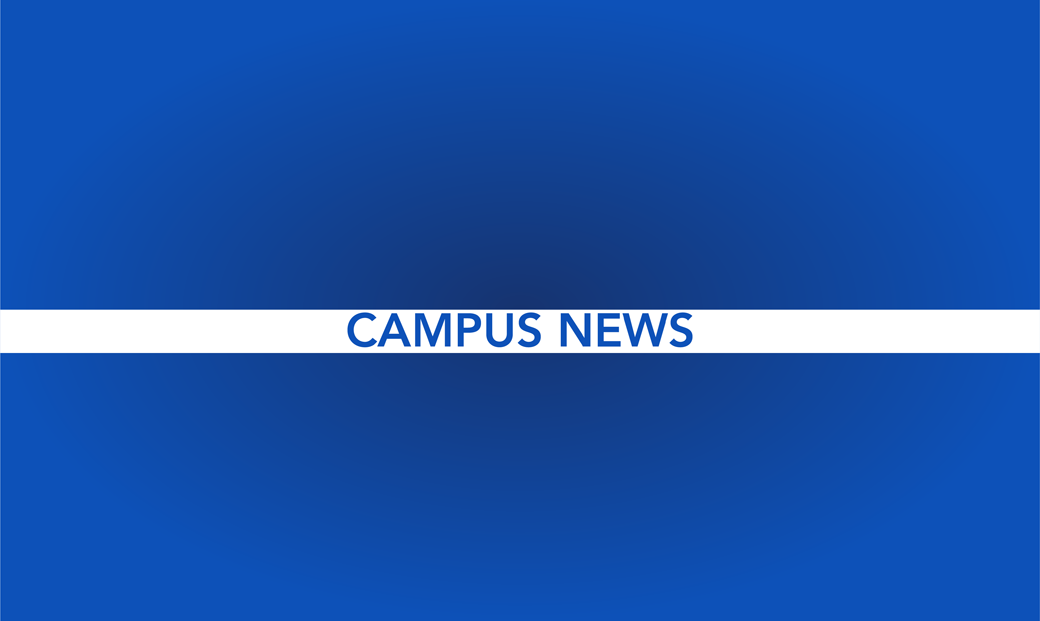
Board of Regents requests $4.7 million for tuition freeze
Students at the University of South Dakota paying in-state tuition may be breathing easier next year about their tuition bills.
After raising tuition rates by an average of about 5.8 percent at all six South Dakota public universities for the 2015-2016 school year, the South Dakota Board of Regents is pursuing $4.7 million in funding from the state Legislature to freeze current tuition rates for the coming academic year.
The push for lawmakers to support a tuition freeze is part of the SDBOR’s three-year plan to source 50 percent of higher education costs from state funds and 50 percent from tuition and fees paid by students.
Though there is general support for this request and for the SDBOR’s long-term plan, some officials in Pierre, including Gov. Dennis Daugaard, are “wary” of the overall availability of these funds, said SDBOR Student Federation Executive Director Chance Costello.
Mike Rush, executive director of the SDBOR, said the governor likely has not yet had a chance to read the proposal and probably will not do so until early September. Once he has read the proposal, he’ll have to weigh it against the various proposals and needs of all other state agencies.
Costello said the federation will continue advocating for the proposed 50/50 funding split even if the governor or Legislature rejects the current funding request.
The 50/50 split plan has been in existence since October 2014, Rush said.
“It wasn’t too many years ago that the balance was 60 percent paid by the state and 40 percent paid by the students,” he said. “The Board has been trying to shift back toward those former rates.”
Lack of available state funds was the primary cause of this year’s tuition hike, which was approved last spring by the SDBOR. According to the SDBOR website, resident per-credit hour tuition rates have nearly doubled in the past decade, from $76.35 per credit hour at all South Dakota schools in 2005-2006 to between $139 and $151 per credit hour in 2015-2016.
“(It) does concern me that it has increased so dramatically over the past decade,” Costello said. “One of the largest potential concerns I get with education in South Dakota is its affordability.”
Rush attributed much of the tuition increases of the past decade to the effects of the recession on the state legislature budget. He added that average student debt in South Dakota is lower than that of most states.
“Higher education in South Dakota is a good deal,” Rush said. “People who participate in higher education will likely see more prosperity during their careers, and the Board of Regents believes that higher education is critical to the state’s economic prosperity.”
The SDBOR’s overall funding request also included money to go toward need-based scholarships, Rush said.
Though Rush would not speculate on whether the SDBOR would choose to raise the tuition of out-of-state students if tuition is frozen for resident students, Costello said that a price hike for non-residents is not out of the question next fall.
Some students aren’t happy about a possible raise in tuition and are already feeling a pinch at current rates.
“I would be upset if tuition rates were raised, because they’re high already,” sophomore Jared Waltz said. “I would support state or federal tuition caps to prevent any further increases.”
Sophomore Brandy Hammer said people are alrealy having a hard time paying for college.
“If tuition goes up any more, I will barely have enough financial aid to pay for college, and this is a state school. So that’s pretty sad,” Hammer said.
Sophomore Samantha Jungers said even though she would support a tuition freeze, she believes USD is already reasonably priced.
“(The freeze) would probably help a whole bunch. Still, compared to a lot of other schools, we’re not that expensive here,” she said.


